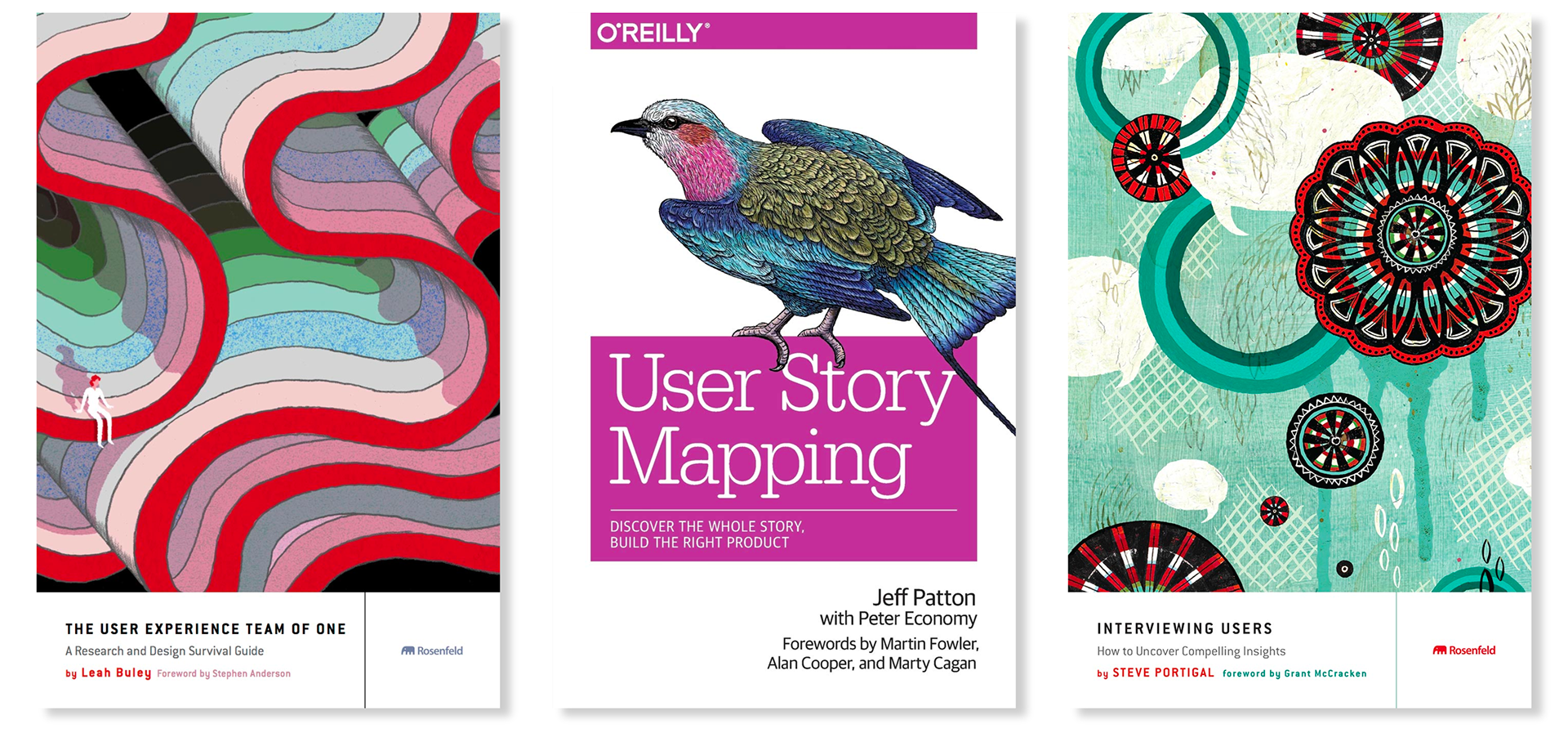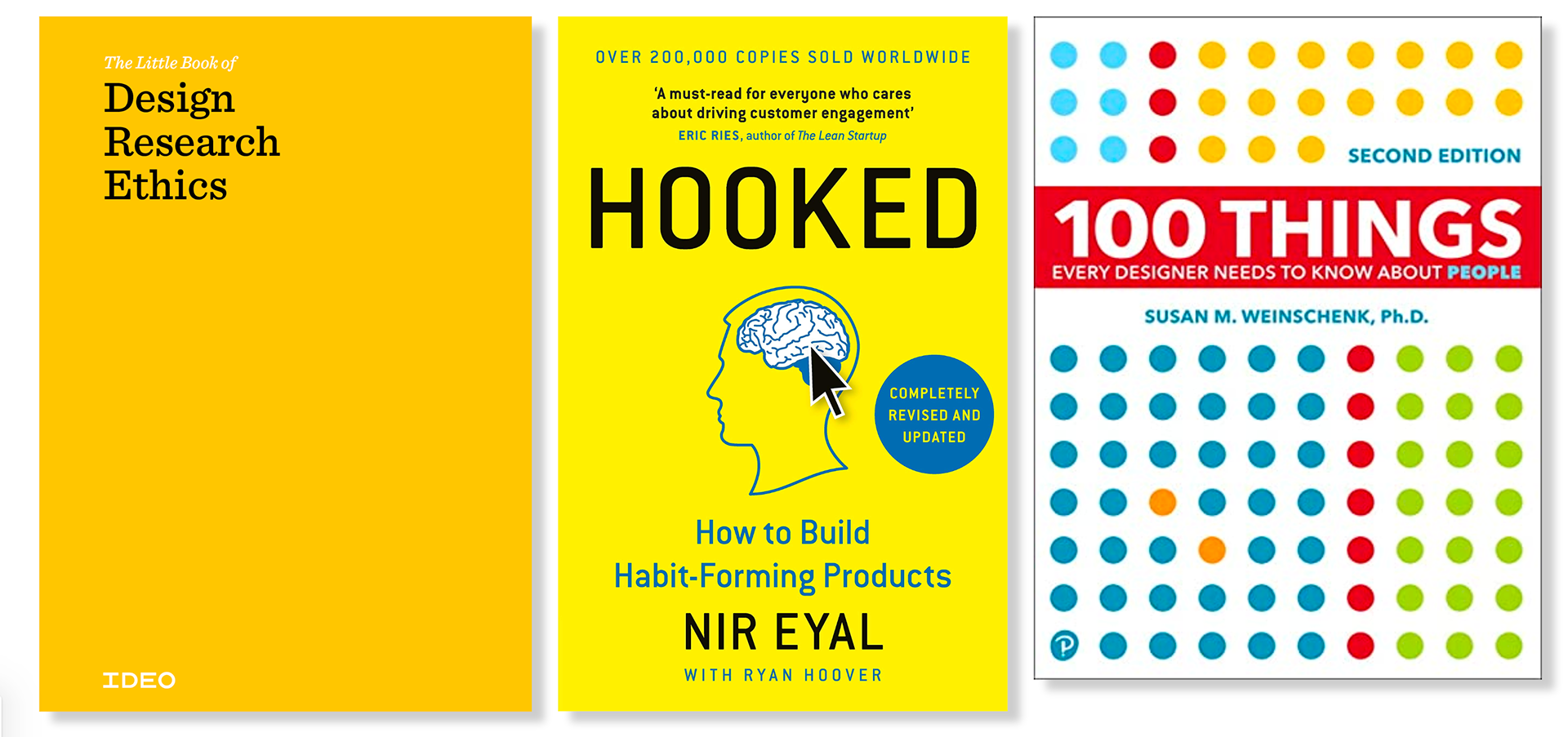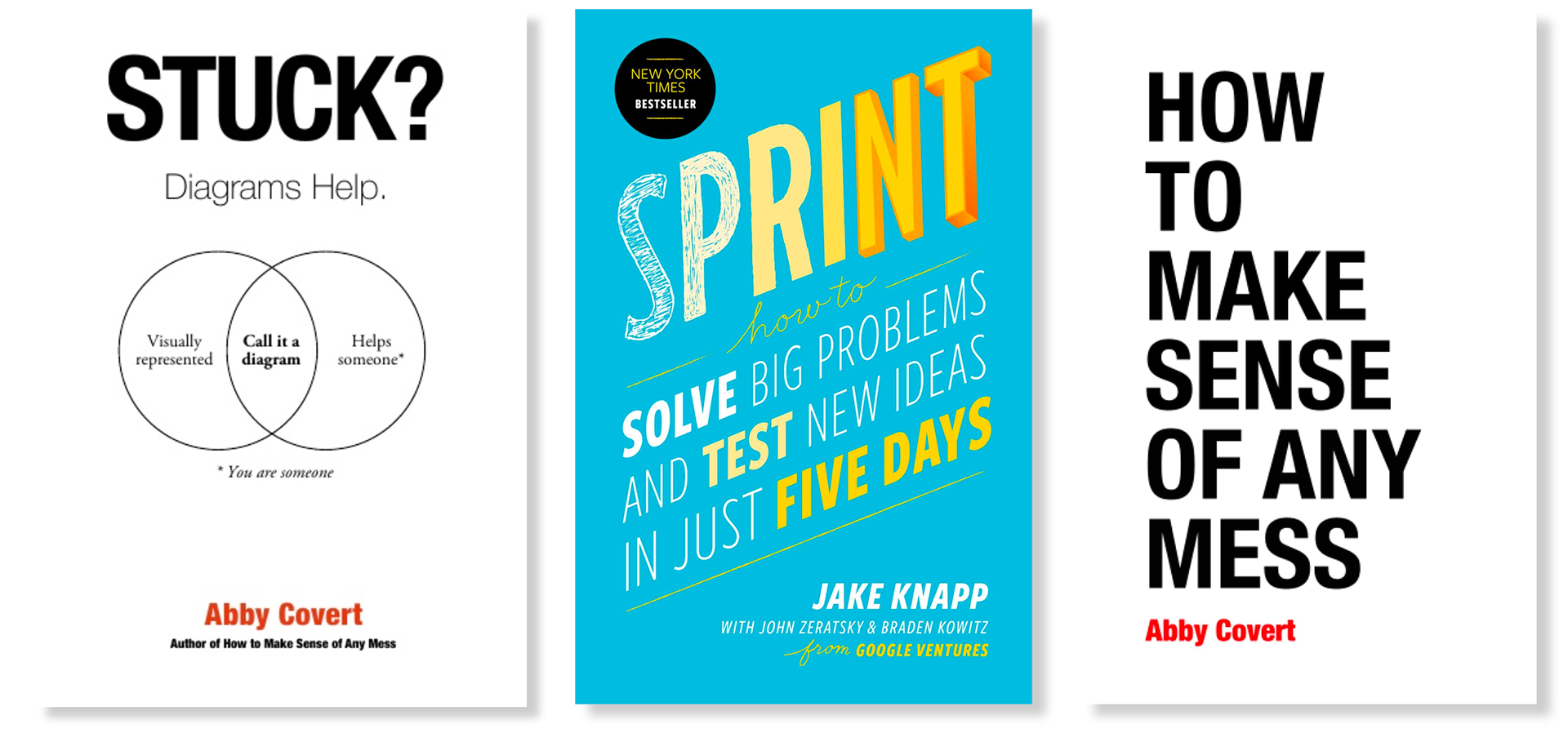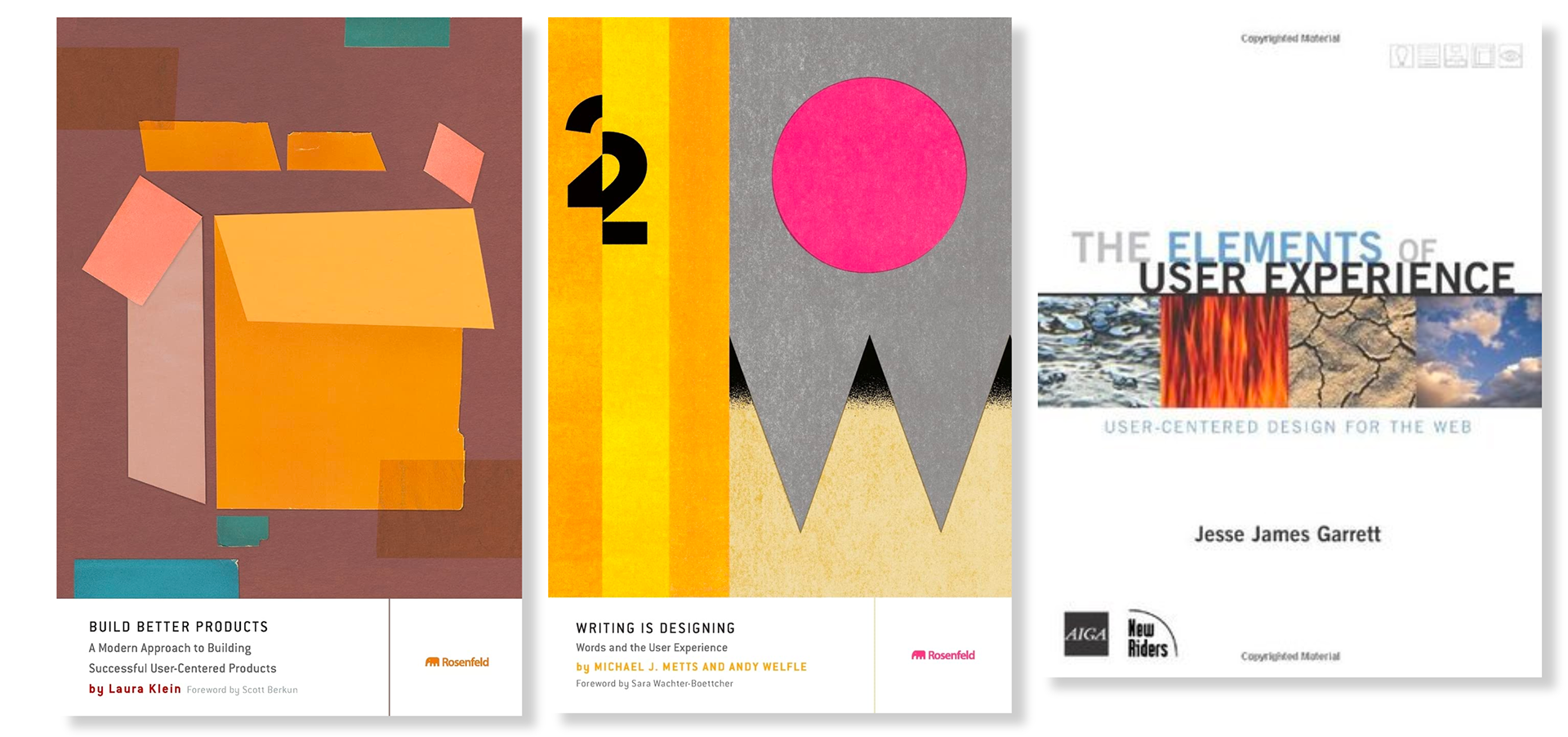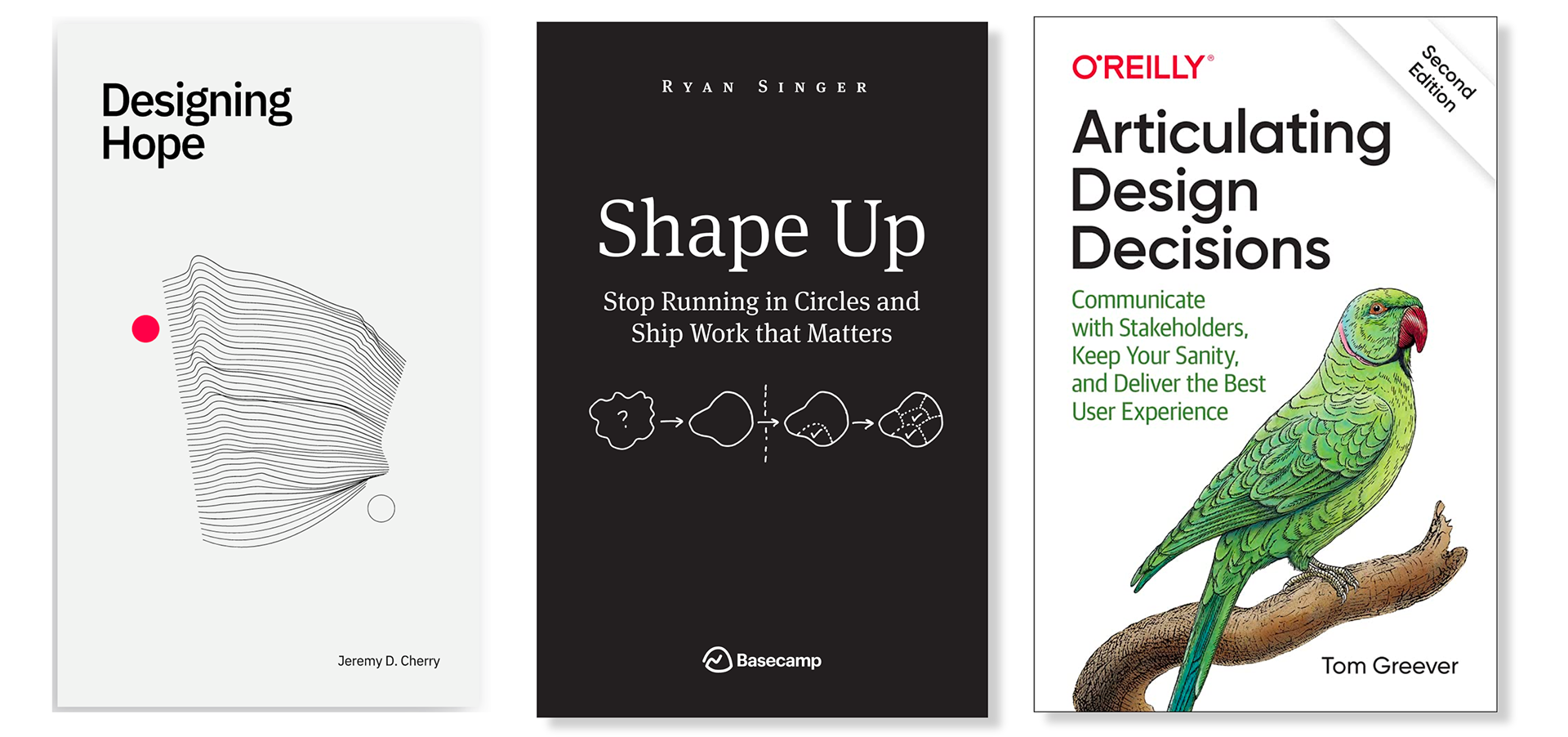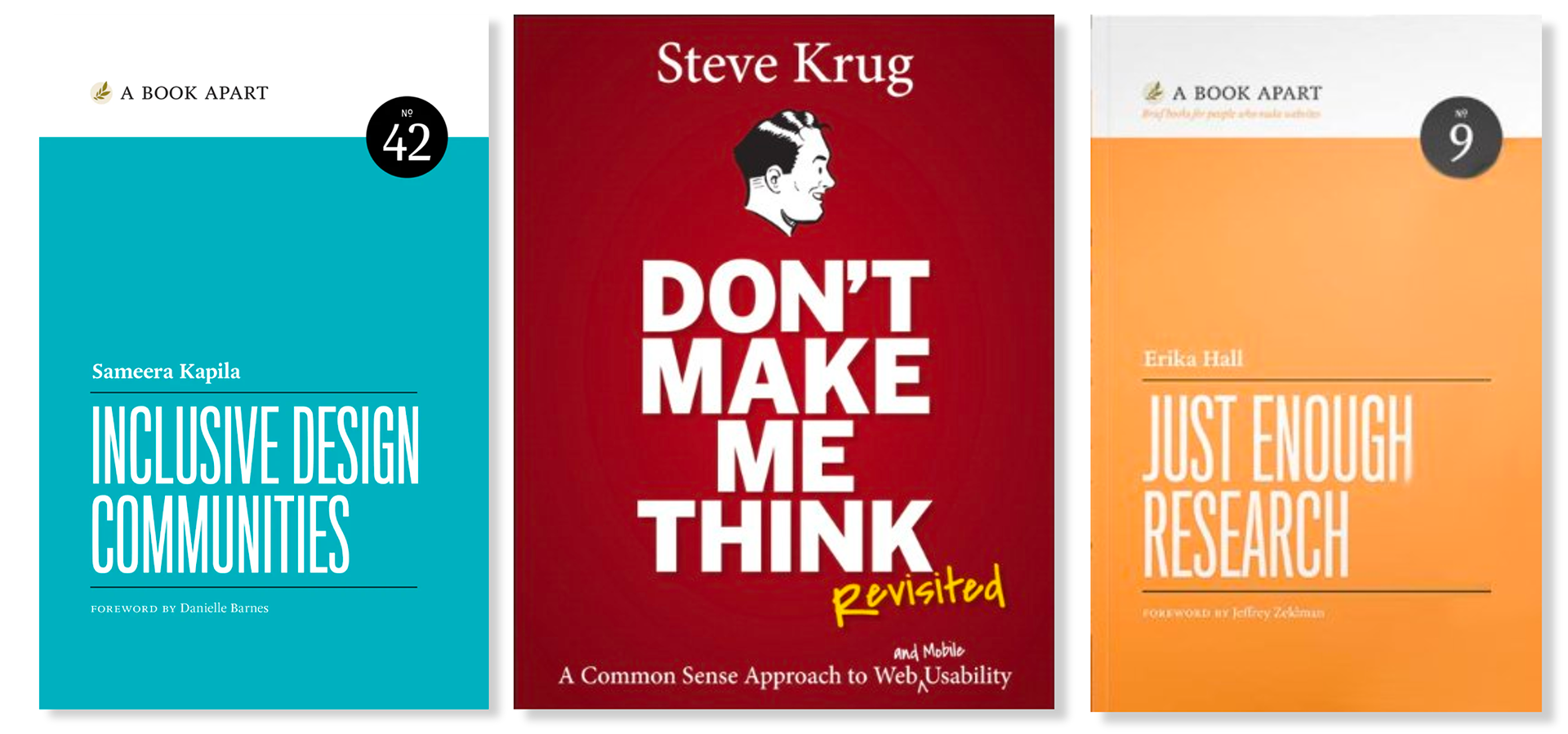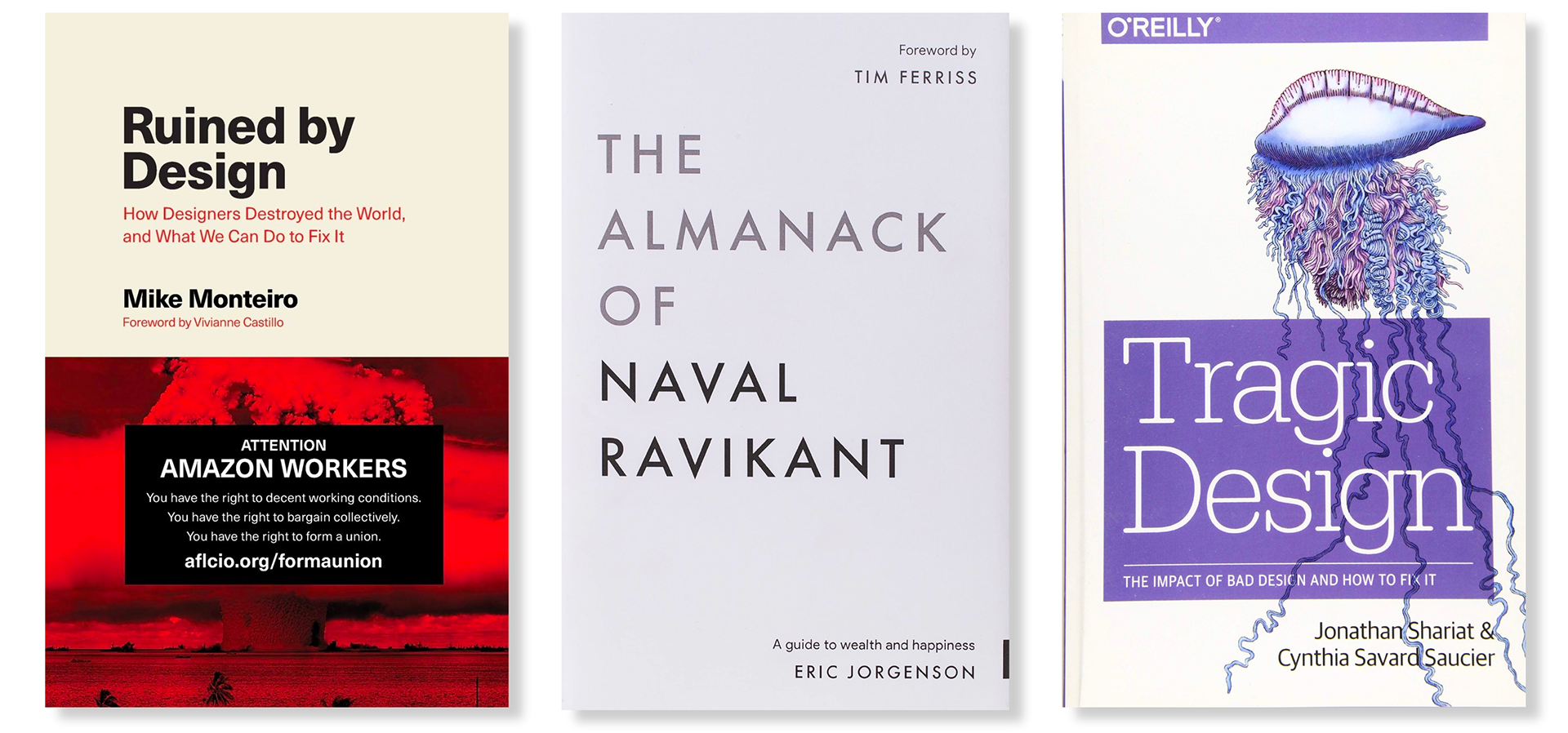01 PRINCIPLES
Behind every significant world-class product exists principles that help ensure its experience exceeds customer expectations. The following principles reflect what companies like Spotify, Meta, and Intuit consider stellar experiences.
Different companies and UX teams work in vastly different contexts. Hence, varying principles guide work for their specific context. These are not meant to be prescriptive. Instead, adapt these principles to serve customers in the context in which you are crafting solutions.
Design Principles can be expressed from many different lenses. For example, there are Universal Design Principles, Inclusive Design Principles, NN Groups Usability Heuristics, and even UX Principles including Cognitive Accessibility.
These, at least in part, are leveraged when defining principles for products built at scale. Click and read up!
Example Design Principles: Stellar products are…
Customer Centric
Keep your focus on the customer. Don’t design for yourself or solely for a business outcome. Strong product teams are obsessed with customers, and customer obsession begets Equitable Design practices. This ensures your solutions are inclusive and ethical and helps customers learn and grow.
Modern & Emotive
Despite being the most subjective aspect of creating good experiences, your User Experience must exude swagger-rich, friendly, and unexpectedly delightful vibes. Modern technology demands a sense of wonder is felt through the solutions we provide.
Intuitive & Useful
An intelligent human once said, “Don’t make me think.” That is at the core of making your products intuitive and valuable. Leveraging proven design patterns, familiarity, and little to no learning curve will help guarantee your User Experience is world-class.
Accurate & Predictable
These are table stakes when crafting business, enterprise, or B2B products. Companies can spend a lot of time, money, and energy on the tools we provide, and if they can’t count on reliable, predictable results, their money, understandably, goes elsewhere.
02 DESIGN PROCESS
You can think of a stellar process as twofold:
1) The Product Development Process - The broader end-to-end, cross-functional process that includes building, shipping, and learning from the solutions your team/company put into the market. This is also sometimes referred to as a Product Lifecycle.
2) The Design Process—This is where you’ll do most of your work to understand customer challenges, develop and test hypotheses for potential solutions, and iterate on said solution—all within a broader product development process.
A breakdown of both parts follows with guidance on what you, your team members, and stakeholders should be doing throughout.
The Product Development Process
Here’s a high-level view of an end-to-end flow that many tech companies employ to put apps and services in the hands of their customers. Here, it’s broken down into phases, and the goals for each phase therein:
The Design Process
This illustrates a Design process embedded within a broader process. Every company/team is different, and the design process may not be broken up as shown here, but there is one clear sign of a healthy org: The design process bookends the product development cycle.
Benefits of the Design Process
A good design process can also help the organization become stronger. Below is just a handful of the myriad ways a team’s ways of working can be bolstered.
✨ Improve discovery process ✨
✨ Gather more contextual information ✨
✨ Collaborate better with partners ✨
✨ Document and share what we know/learn ✨
✨ Align with stakeholders every step of the way ✨
✨ Remain tethered to your principles ✨
Design Process = Strategy + Discovery + Iteration
The Triple Diamond Approach
Imagine a triple diamond to understand the expected behavior across the design process. This is a visual reminder to go broad with divergent thinking and then narrow with a convergence process as you step through strategy, discovery, and iteration.
03 IN PRACTICE
One correct answer to the question, “What do product design or UX teams do, exactly?” is, “A lot.”
Let’s review some behaviors and deliverables from various lenses across each phase of the end-to-end commercialization process.
But first, here's a glossary of terms:
XFN - Cross-functional, as in the various cross-functional disciplines that work together to solve customer challenges. (E.g., Design, PM, Dev, Data Science).
UAT - User Acceptance Testing refers to testing that happens around the “Build It” and before the solution is shipped. UAT evaluates the product against its requirements and ensures the team delivers a viable product.
Jira - A tool many large organizations use to plan, track, and manage their agile and software development projects.
Phase Gate - A formal checkpoint that ensures XFN agreement and alignment before moving on to the next phase in the development process.
DS - Data Science or the discipline responsible for data analysis & mining, success metrics, regression models, experimentation, dashboards, and mixed method research with UR.
UR - User Research or the discipline responsible for foundational, formative, and evaluative research, opportunity identification, research program, and mixed method research with DS.
TAM - Total Addressable Market, aka Total Available Market, is a term that is used to reference the revenue opportunity available for a product or service. TAM helps prioritize business opportunities by serving as a quick metric of an opportunity’s underlying potential.
a11y - Accessibility (often abbreviated to A11y) in product development means enabling as many people as possible to use your solutions, even when those people’s abilities are limited in some way.
KPI - Key Performance Indicators are quantifiable measures used to evaluate the success of an organization, initiative, employee, etc.
XFN expectations: “We rely on Design to…”
Below is a narrowed list of expectations from Product Managers and Engineering partners in cross-functional teams when asked what they can count on UX teams to contribute:
✨ Form insights from User Research and define customer research cadence in the Understand It phase
✨ Lead the team through solution exploration in the Think It phase.
✨ Define and refine visual language for the solution space through design system consumption and contribution.
✨ Validate UX meets success criteria and coordinate and integrate UX research findings throughout the product development process.
✨ Use your Design System for existing components and patterns; contribute to it with new hotness.✨ Lead cross-functional learning ahead of shipping solutions by facilitating Pre-Mortems
✨ Lead bad Actor UX testing to answer: What would predatory and exploitative behavior look like with our tools? What product features are most vulnerable to manipulation? What communities might be negatively targeted by our products and services?
✨ Revisit assumptions to answer: Did we ship with full accessibility compliance? Do we still know what features are vulnerable to manipulation? What communities might be negatively targeted by our product or service?04 PUBLICATIONS
Below is a running list of books recommended by people who have helped set the bar for stellar product design.
This list was provided by a handful of fabulous and trusted senior-level Product Designers, User Researchers, and Content Strategists from the following companies.
